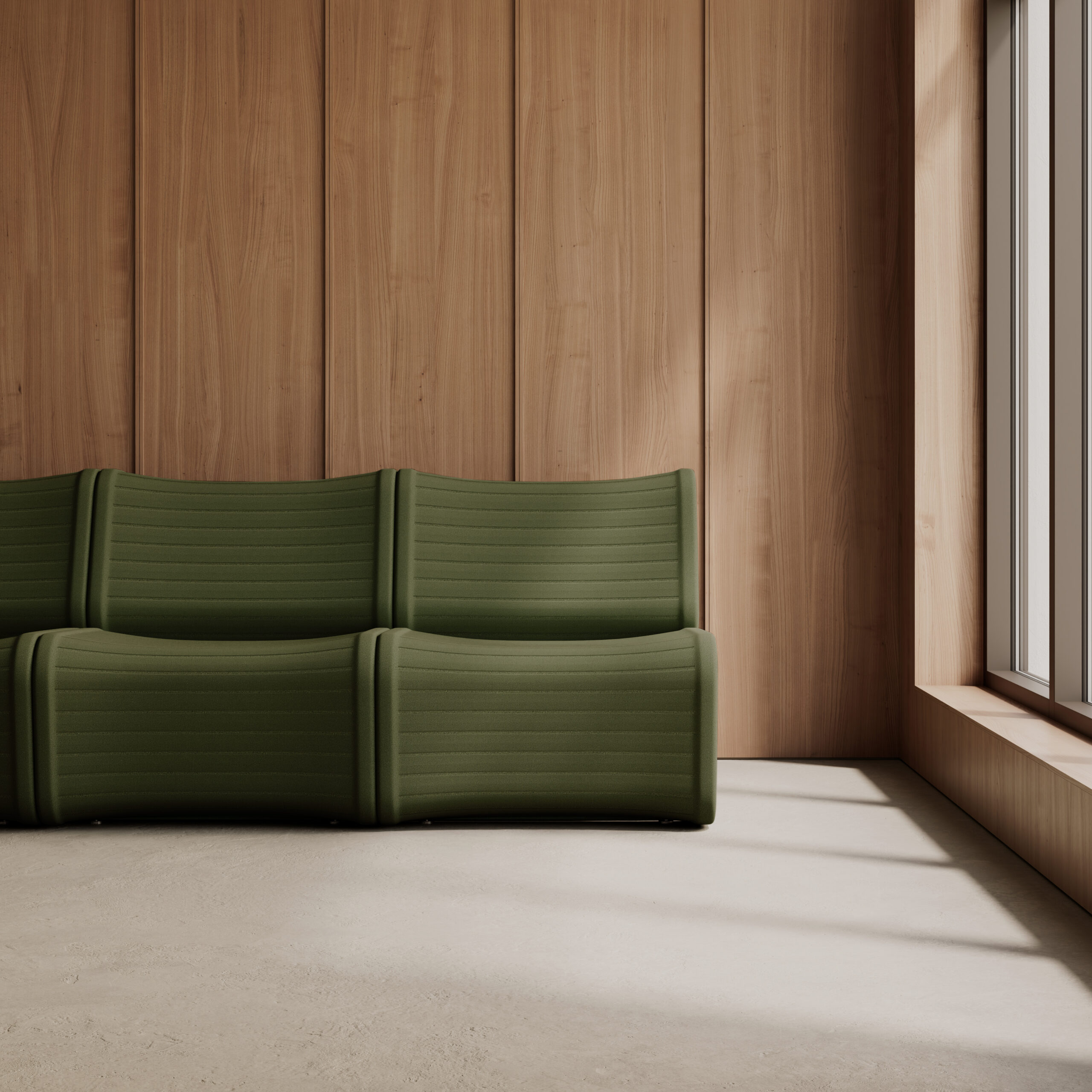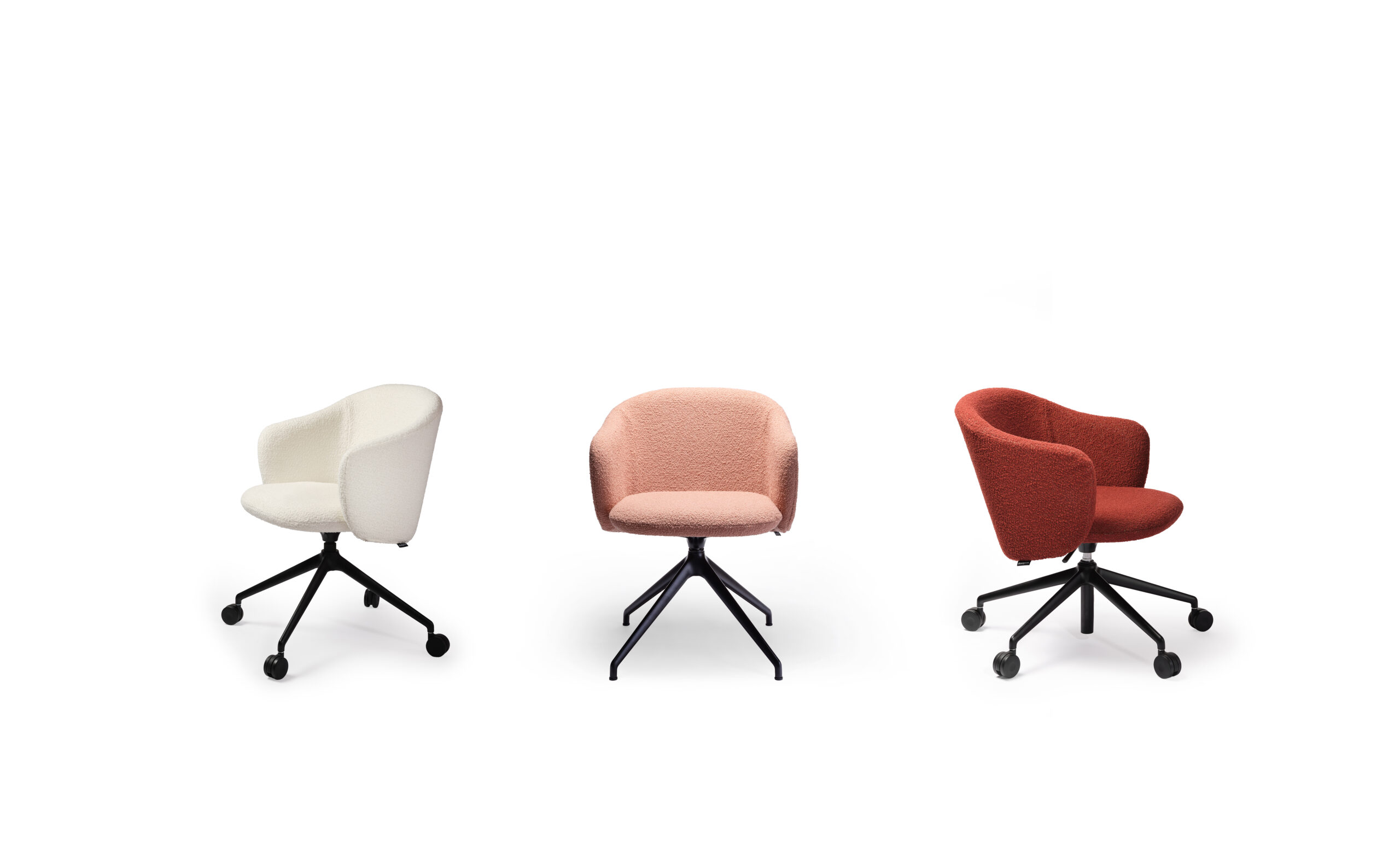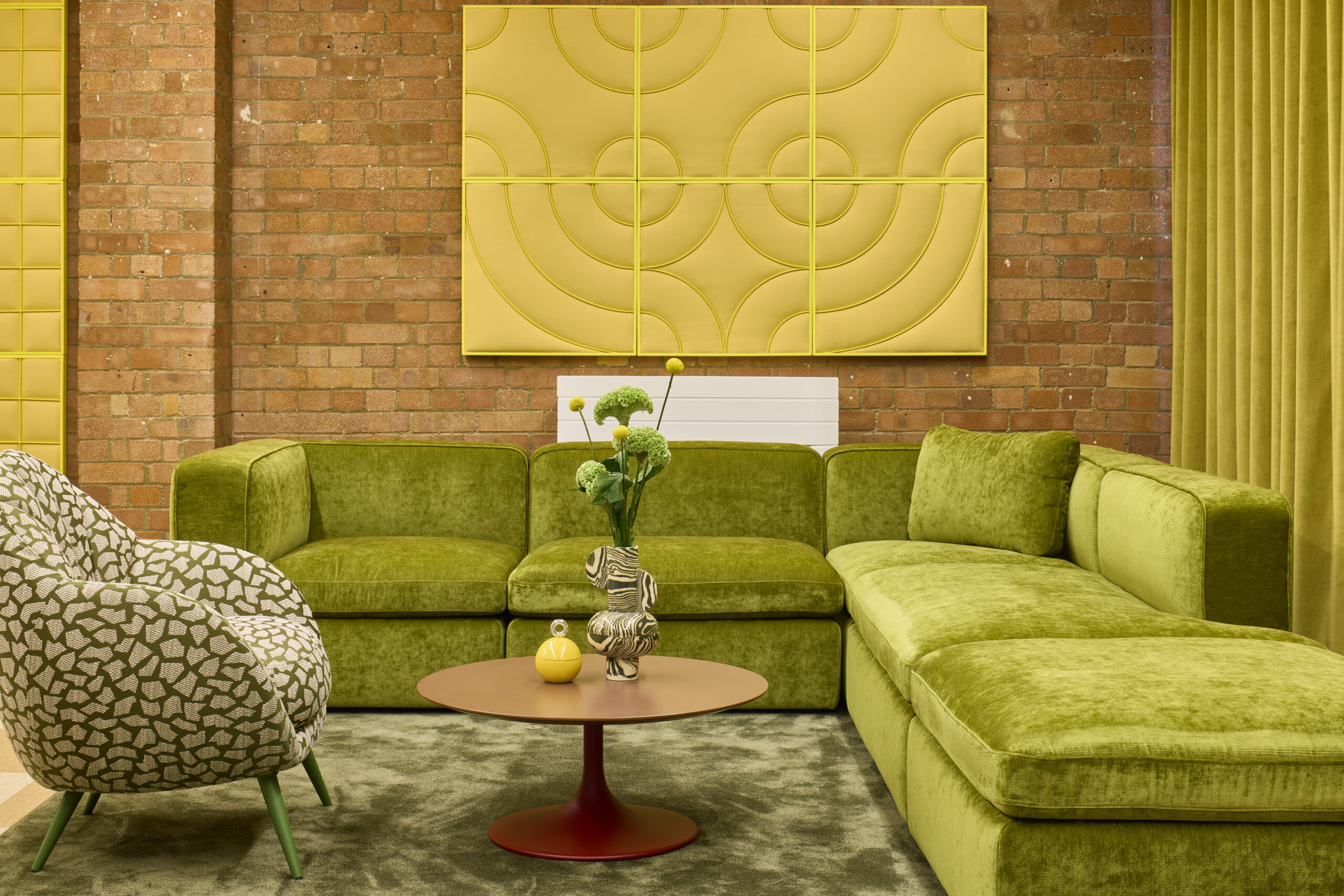 Derby’s council chamber; its timber ‘fins’ were inspired by radiogram|The floor extends under the drum-shaped chamber, maximising space|The chamber seating has been reconfigured to be more democratic|A sole survivor from the original fit out – the grand staircase|Corstophine + Wright’s glazed entrance contrasts with the red-brick original|The bridges to the main chamber double as comfortable breakout areas|Plastic sheep graze the roof of a meeting room in one of the atriums||
Derby’s council chamber; its timber ‘fins’ were inspired by radiogram|The floor extends under the drum-shaped chamber, maximising space|The chamber seating has been reconfigured to be more democratic|A sole survivor from the original fit out – the grand staircase|Corstophine + Wright’s glazed entrance contrasts with the red-brick original|The bridges to the main chamber double as comfortable breakout areas|Plastic sheep graze the roof of a meeting room in one of the atriums||
Like the Enlightenment painter Joseph Wright who bears the city’s name, Derby is a small place with big ideas. Wright found himself in the crucible of the Industrial Revolution, which played out in towns across the Midlands and the north, and captured its optimism and fears with great skill. The council now owns the majority of Wright’s works, and the great man’s presence is felt in its new headquarters with a replica of one of his best-known works, A Philosopher Lecturing on the Orrery, adorning a meeting room wall.
The project is Corstorphine + Wright’s revamp of the existing Council House, and makes a potent statement about the local authority’s desire to become a player to rival its bigger neighbours, like Sheffield and Leeds. The original had stirring ambitions. Designed in the 1930s by the hugely competent borough architect Charles Aslin, its stately manner and verdant landscaping merged neo-Georgian brickwork with the nearby River Derwent. Sadly, the outbreak of war interrupted construction and the building suffered greatly from budget cuts when work resumed in the 1950s. Aslin’s design featured an expansive central courtyard, which sounds appealing were it not for the catastrophically bad 1960s extension spanning it.
“The best bits were the grand staircase and the mayor’s parlour. The council chamber was quite a nice space, but it was in the wrong place,” says Michael Lampard, director of Corstorphine + Wright. Outside, the old portico entrance has been replaced by a full-height glazed wall that alludes to the dramatic changes that have occurred within. In something of a coup, the architect managed to convince the conservation board that keeping the old chamber would ultimately frustrate its ambitions for a better-designed public building. With the go-ahead secured, Lampard and his team gutted the old place, ripping out the courtyard extension and putting a glazed roof over the space. Supporting the roof is a towering drum-like structure, which houses the new council chamber. Arranged around the drum on the ground floor are the council services. “Removing the original chamber meant the new one could go at the heart of the space, so it feels like a true public building,” says Lampard; its recent non-council uses include hosting a National Women’s Day convention.
The welcoming feel is greatly enhanced by a public cafe and terrace overlooking the river at the rear, its view made more compelling by the presence of a new hydroelectric turbine that powers much of the building. “We narrowly missed a BREEAM Outstanding rating,” explains Lampard. “A huge proportion of the electricity comes from the River Derwent.”
But what is most striking is how extraordinarily light and modern the space feels. Once you are inside, there is nothing to suggest this is a pre-war building. Even the vertical batons that adorn the chamber, though inspired by a 1950s radiogram, feel very contemporary.
Our tour begins though, in the one surviving section of the original, the grand central stair. An impressively ornate wrought-iron banister coupled with marble-clad steps are a reminder of how civic architecture has changed: the new additions are more democratic. (That said, if the mayor is in town this is where he/she greets visiting officials.) Here, Lampard and his team restored where needed and created a doorway in the room above to establish sightlines between the new and old sections of the building. The architects also replaced the miserable halogen top-lighting with a light well to brighten the previously gloomy space.
Nevertheless, the juxtaposition of new and old is odd. Indeed, the most surreal moment comes when Gethyn Davies – Derby Council’s project manager, and our tour guide – invites us to step into the mayor’s chamber from the new office spaces on the first floor. Oak-panelled and festooned with halberds (one hopes for decorative purposes only) plus other ceremonial objects d’art, it feels not unlike a film set. “This room was in another part of the old building and there was a great deal of pressure to retain it, so we took it apart and rebuilt it over here,” says Lampard. We march through the political and executive office spaces, which are nicely separated, and a small non-denominational prayer room, arriving at gallery showing a timeline of the building’s history.
The open-plan offices, designed in partnership with Monteith Scott, work on a ratio of seven desks to every ten people (a council request) and allow the building to accommodate approximately 2,000 people. For staff, who once inhabited a rabbit warren of cellular spaces, this was nothing short of revelatory. Equally surprising are the presence of four atriums (two more, in addtion to the staircase and the main hub). From the outset, these were a big no-no for Davies. “I said we couldn’t have atriums and all this wasted space. But what can I say? I was wrong.” The office floors are linked by steel staircases and provide a slightly hair-raising journey from top to bottom, set to a graphic backdrop of Derby icons, such as its new velodrome. The hand of Corstorphine + Wright’s graphics department is apparent throughout, with further manifestations on glass meeting rooms. Lampard also managed to add an extra office floor on one elevation that is invisible thanks to the existing roofline. Derby Council is currently renting this space out to a housing association.
From here we cut across one of the bridges that link the offices to the central drum. Populated by high-backed chairs, these double as ad-hoc meeting and work spaces. “This is an incredibly popular area,” says Davies, and it is not hard to see why. They continue the slatted aesthetic set by the exterior, with acoustic baffles set between each wooden fin.
In the chamber, the architects reconfigured the seating to achieve a more democratic layout. “The old chamber had a big bank of seats in the centre and then two smaller ones, so whoever was in power would dominate the centre. This is a bit more even and it means that any politicians who use a wheelchair can sit with their party.” It is deceptively techy, too as Derby Council broadcasts its meetings on the web. Hanging above are six globe lamps saved from the old chamber.
A gangway stretching above the reception entrance completes the journey around the building. Though necessary, in some ways this addition is a pity as it obscures the view of the central structure from the entrance. The gangway features two large meeting rooms, each celebrating Derby’s rich cultural heritage with the replica Joseph Wright in one and a blade from a Rolls Royce engine (the area’s other great benefactor) in another. Our tour ends with some plastic sheep, grazing on some equally artificial grass. It is in fact the roof of a ground-floor meeting room, and the sheep a gift from a project manager. “My overriding memory of the whole experience was fun,” says Davies. Our not-so-woolly friend seems to illustrate the spirit perfectly.
























